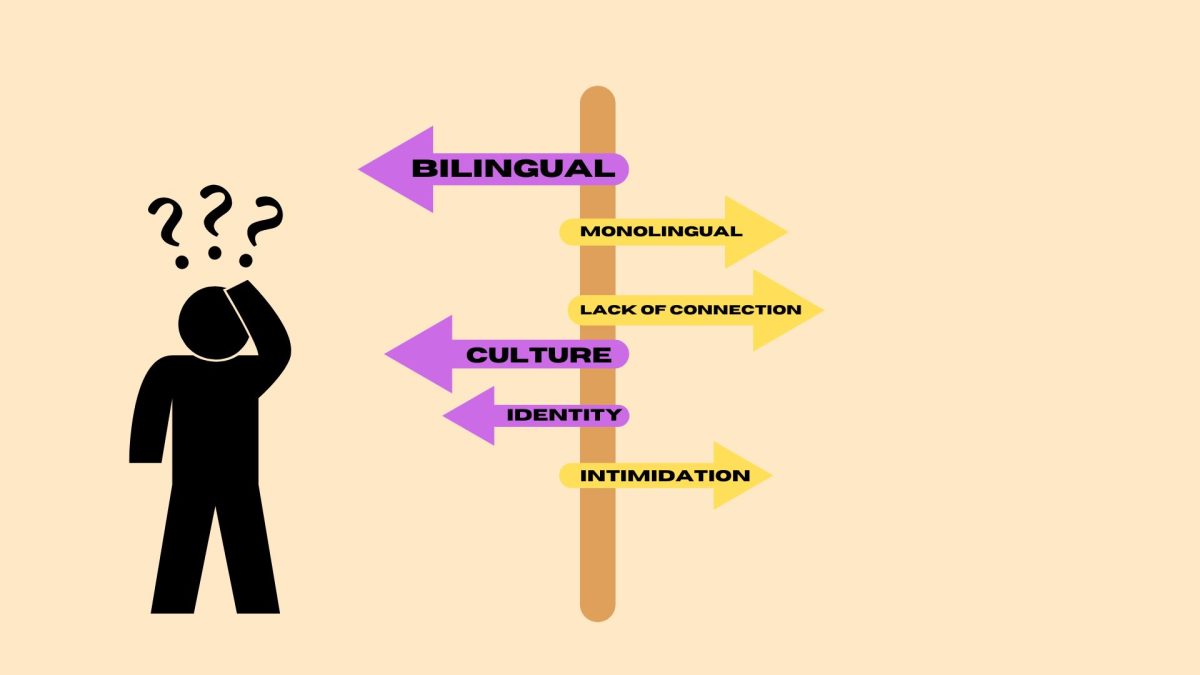I’m suddenly awake when I hear my bedroom door slam open. My eyes open just enough to see a hazy black figure sitting at my desk. I’m pinned to my bed and can’t move a muscle. I think I’m screaming for someone to help me but there’s only silence. The black figure crawls over me and I’m defenseless to the low whispers in my ear. It disappears and another black shape is standing in the corner of my room. The panic continues to rise as the dark shape moves to stand over me.
I am awake but unable to move or seek help, no matter how hard I try to move my arms to protect myself from the demons my mind created. Awareness during sleep paralysis is a common experience for me. People around the world, just like me, suffer from this waking nightmare.
Anyone can experience sleep paralysis (SP) and there are some ways to try and prevent it. According to Medical News Today, this parasomnia can cause individuals to experience auditory, visual and sensory hallucinations. Hallucinations can happen during the transition between waking and sleeping and fall into one of three categories: incubus, intruder and vestibular-motor.
Incubus is the feeling of pressure on the chest, believing you are going to die, having trouble breathing or being sexually assaulted by a malevolent figure. Hearing sounds of heavy footsteps, door knobs turning, seeing a shadowy figure or a dangerous presence falls under the intruder category. Vestibular-motor is when people have an out-of-body experience, or a sense of falling, flying or spinning.
The body relaxes while sleeping and voluntary muscles don’t move, this stops people from hurting themselves while actively dreaming. SP causes a disruption or fragmentation of rapid eye movement (REM). The body will switch between REM and non-rapid eye movement (NREM) and often lasts about 90 seconds.
According to Psychology Today, SP often occurs during transitions in REM sleep, which is a paradoxical sleep stage where dreams are tagged with complete muscle paralysis. The mind is awake during REM sleep before the body paralysis has gone. The result is a terrifying experience that can affect daily activities from lack of sleep.
My experience with sleep paralysis has sometimes stopped me from sleeping due to the panic attacks of having to experience another terror that I cannot control. Assignments tend to pile up, work becomes more of a constant bother and my reliance on daily cups of coffee can take a toll.
Individuals who have panic attacks or post-traumatic stress disorder tend to experience this terrifying moment more than individuals between the ages of 10 and 25. An estimated 8 percent of the world has experienced this terrifying event, according to Sharpless, and the number is higher for college students at 28 percent. For psychiatric patients, the percentage jumps to 32.
Sleeping on your side can help prevent the experience as well as making sure to get enough sleep. Quality sleep is the best way to avoid SP.
I’ve been dealing with SP for a couple of years and it never gets less scary. Each paralyzing experience is different and all I can do is take it as it happens because antidepressants are not an option for me anymore. Other than it scaring me every time, non-threatening problems can appear, such as taking stimulants to stay awake to avoid SP, which isn’t healthy as it actually makes the situation worse.
Some people have suggested that trying to move my toes might help snap me out of sleep paralysis but it doesn’t work in my case. There’s no simple way to snap out of it, it’s just remembering that the figures or noises you see are not real.











